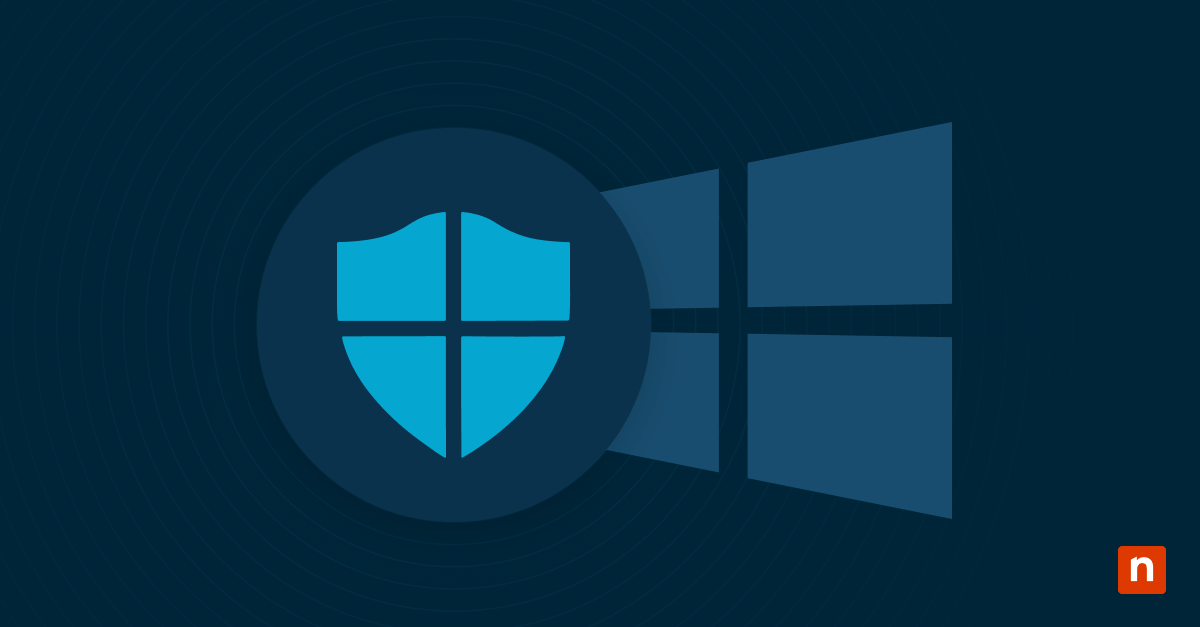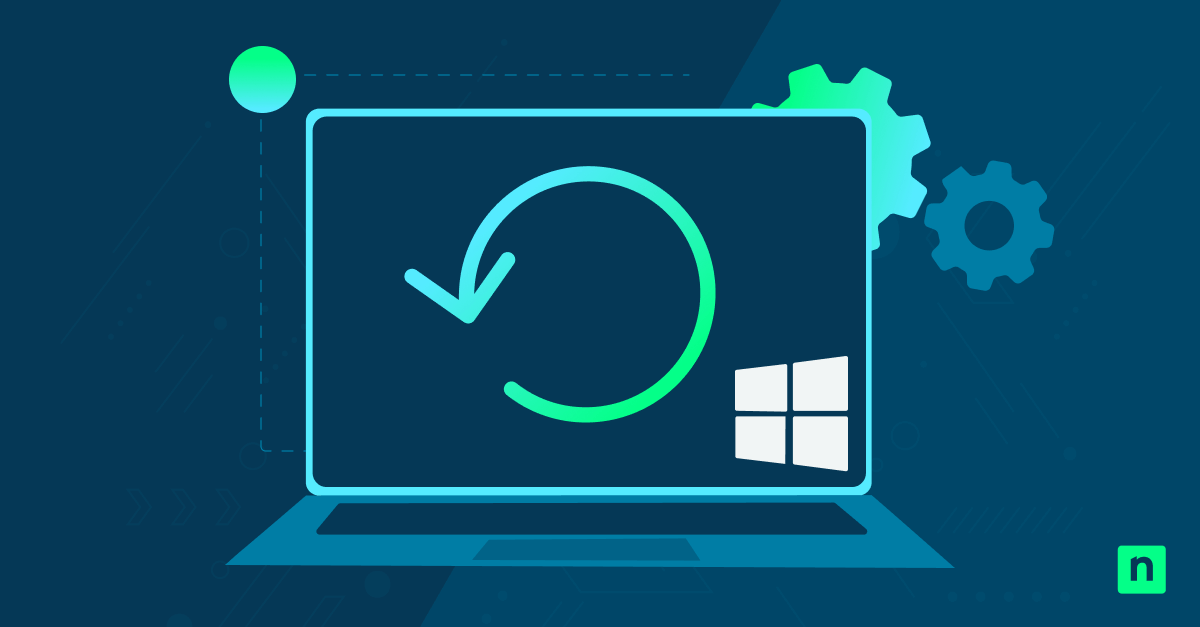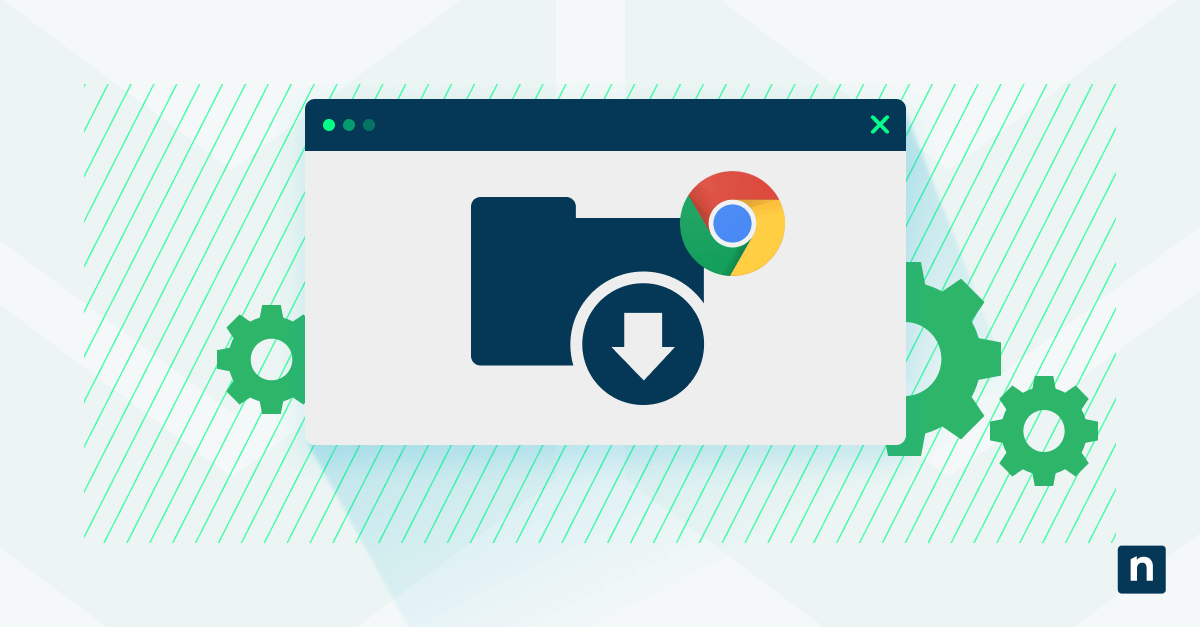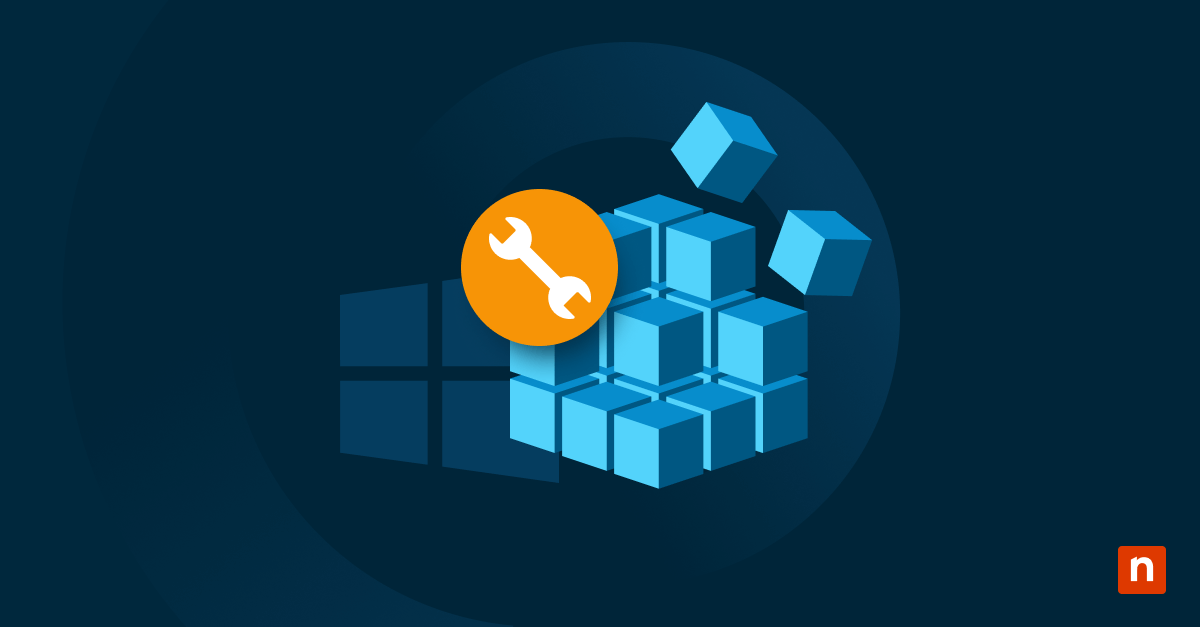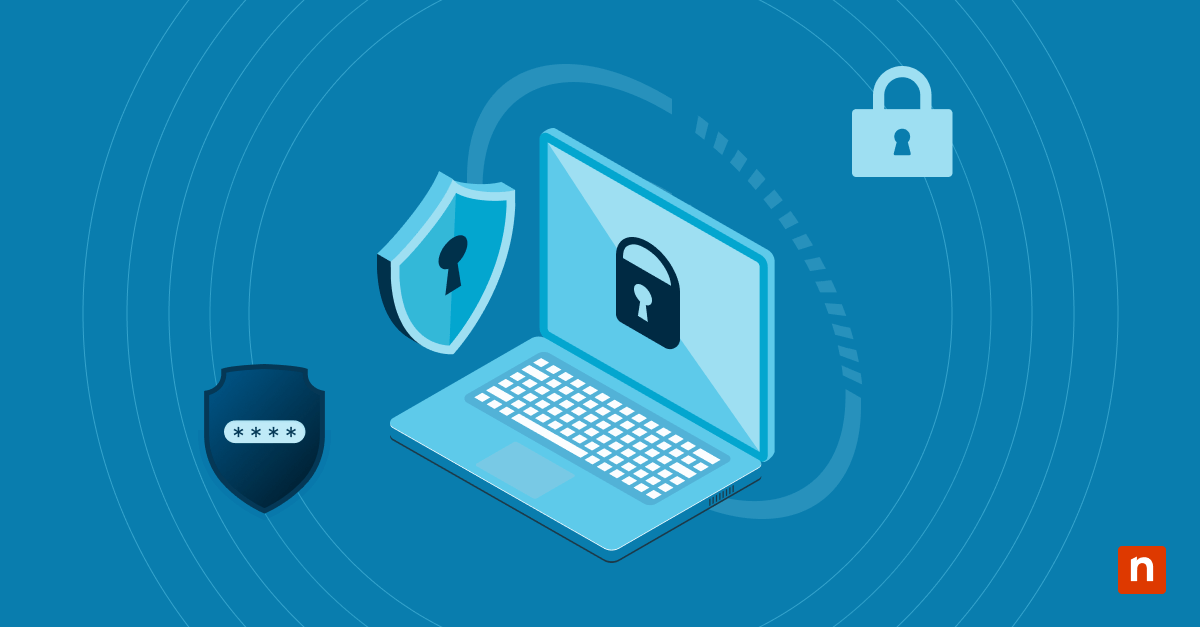In this guide, we provide a comprehensive overview of best practices for File History retention in Windows. As their name suggests, these settings control how long File History retains backed-up file versions of your system. Understanding how they work is crucial in maintaining operational efficiency and should be part of any backup strategy.
Protect your Windows services with NinjaOne’s robust Windows Server backup.
File History settings in Windows
By default, File History is configured to keep saved versions forever. While this ensures maximum file recovery options, it can lead to rapid disk space consumption. This can cause problems in the future, especially if your organization has heavy resource needs and regularly works with large or frequently modified files.
This is when it is prudent to modify backup settings for Windows File History. But how long should you keep files? There are no direct answers to this, as every organization is different. Experts warn against setting a retention period that is too short to avoid losing access to critical earlier versions, but they also caution against setting one that is overly long.
You need to find a balance. The simplest way to do this is to speak with relevant stakeholders to determine a period that works best for all involved parties. Nevertheless, adjusting retention settings is essential when you’re running low on backup drive space and helps you gain a more tailored approach to version management.
Step-by-step guide to File History retention
Before modifying retention settings, ensure File History is enabled, and your intended backup drive (external or network) is connected and properly configured. If you’re using NinjaOne, we’ve written a more extensive guide on backup configuration here.
Option 1: Using the Control Panel
- Press the Windows key + S, type “Control Panel”, and select it from the results.
- Navigate to “Systems & Security” and find “File History”.
- In the left sidebar, click “Advanced Settings”.
- Locate the “Keep saved versions” dropdown. You will see options, including “Forever”, “Until space is needed”, and specific time frames like 1 month or 2 years.
- Select your desired retention period and click “Save changes”.
Option 2: Using Settings
- Open Settings, and select “Update & Security”.
- Click “Backup” and find “More Options”.
- Find the “Keep my backups” drop menu and determine how often you want to save copies of your files. You will find several options.
- Close settings.
Option 3: Using the group policy editor (for administrators)
- Simultaneously press the Windows key + R, type “gpedit.msc” and press Enter.
- Go to “Computer Configuration” > “Administrative Templates” > “Windows Components” > “File History”.
- Locate and double-click on “Retention of saved versions” and specify your desired retention period.
- Click “Ok” to save the policy configuration.
Option 4: Using the Command Line (for Power users)
- Press the Windows key + X and choose “Command Prompt (Admin)”.
- Use the following syntax: fhmanagew.exe -cleanup [TimePeriod]
- Replace [TimePeriod] with values like [6months] or [1year], depending on your needs.
- File History will adjust accordingly.
Best practices for managing File History retention
The process of adjusting File History duration is relatively straightforward, but we recommend these best practices to ensure you have little to no problems in the future.
- Understand your data. Determine business-critical data, such as master data or any data sets that are crucial to your organization. Important projects requiring multiple iterations, for example, would benefit from a longer retention period. Conversely, less crucial files may require shorter retention times.
- Choose an appropriate retention period. You must know how to manage old versions in Windows File History. Evaluate your backup needs based on file importance and storage capacity. We recommend reading our guides on the 3-2-1 backup rule and backup strategies for small businesses to get started.
- Monitor backup drive space. Regularly check the available space on your backup drive. If space is running low, review your retention settings or consider expanding storage capacity.
- Conduct periodic cleanups. It’s wise to regularly clean older or unnecessary backups, even under optimal settings. This not only frees up space but ensures your backup drive operates efficiently.
- Align with organizational policies. Ensure that your retention policies align with organizational guidelines. This includes following data compliance and retention regulations like SOC 2 and HIPAA.
- Use multiple backup strategies. While File History is a powerful tool, it would be wise to supplement it with other backup solutions like NinjaOne. Its robust Windows endpoint backup offers automated, centralized, and reliable data protection.
Troubleshooting common issues
In this portion of the guide, we discuss troubleshooting common issues that may occur when you decide to configure File History in Windows 10/11.
Retention settings not applying correctly
If this happens:
- Check your backup drive for errors. You can do this by right-clicking the drive in “File Explorer”, selecting “Properties”, then clicking on the “Tools” tab. Go to the “Error checking” tool and see whether your intended backup drive is functioning properly.
- Disable and re-enable File History. Read this guide for more information.
- If you are using multiple methods to change backup retention in Windows, make sure that each method’s settings do not conflict.
File History stopping unexpectedly
If your File History storage management in Windows stops unexpectedly:
- Ensure your external drive or network location is properly connected and accessible.
- Ensure you have the latest version of Windows installed. You can refer to this guide for more details.
- Try resetting File History to resolve persistent issues.
Backup drive running out of space
If this happens:
- Switch to the “until space is needed” retention option.
- Clean older backups.
- Consider upgrading to a larger external drive or adding additional network storage.
Event log errors
Use the Event Viewer to diagnose specific issues with File History:
- Open Event Viewer by simultaneously pressing the Windows key + X and selecting “Event Viewer”.
- Navigate to Applications and Services Logs > Microsoft > Windows > FileHistory-Engine.
- Look for error messages and note the Event ID. Research the Event ID online or consult Microsoft’s documentation for solutions.
Understanding and optimizing File History retention
Effective management of File History retention settings ensures you maintain a functional and efficient backup system. By understanding the impact of these settings, you can customize your backups to fit your unique needs while retaining access to critical file versions.
Frequently Asked Questions (FAQs)
1. How do I know what retention period is right for me?
We recommend considering the frequency and importance of file changes. Longer retention periods suit critical or frequently modified files, while shorter periods work for files with low recovery priority. Work closely with your IT team to determine the most suitable retention period for each type of file.
2. Can I keep certain versions indefinitely?
Yes. This can be done by manually copying key versions to a secure location outside File History.
3. What happens when the backup drive runs out of space?
File History will either stop saving new versions or delete the oldest version if the option “Until space is needed” is selected.



